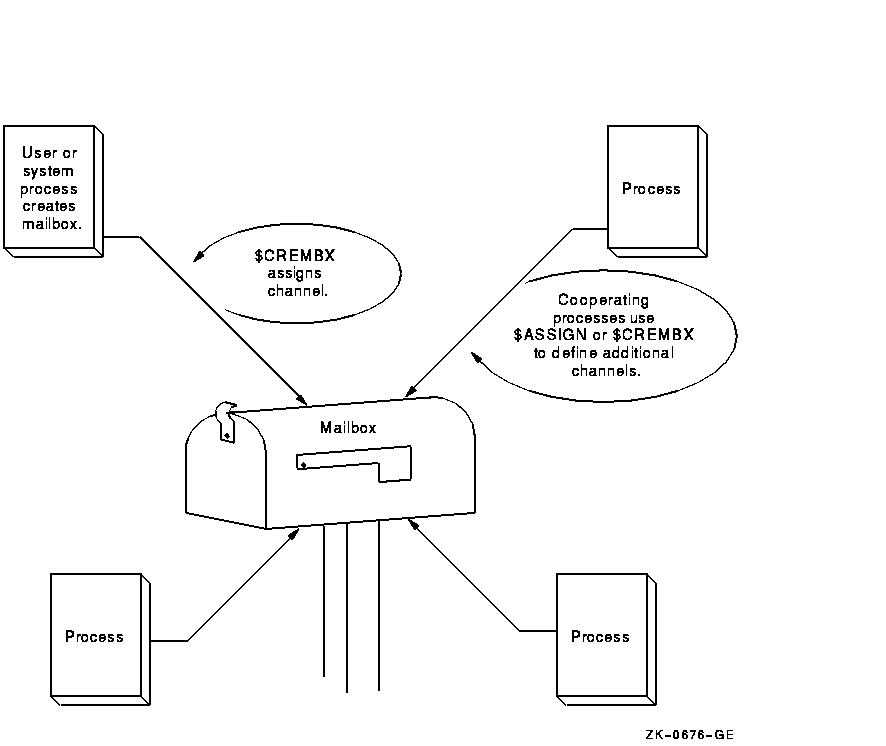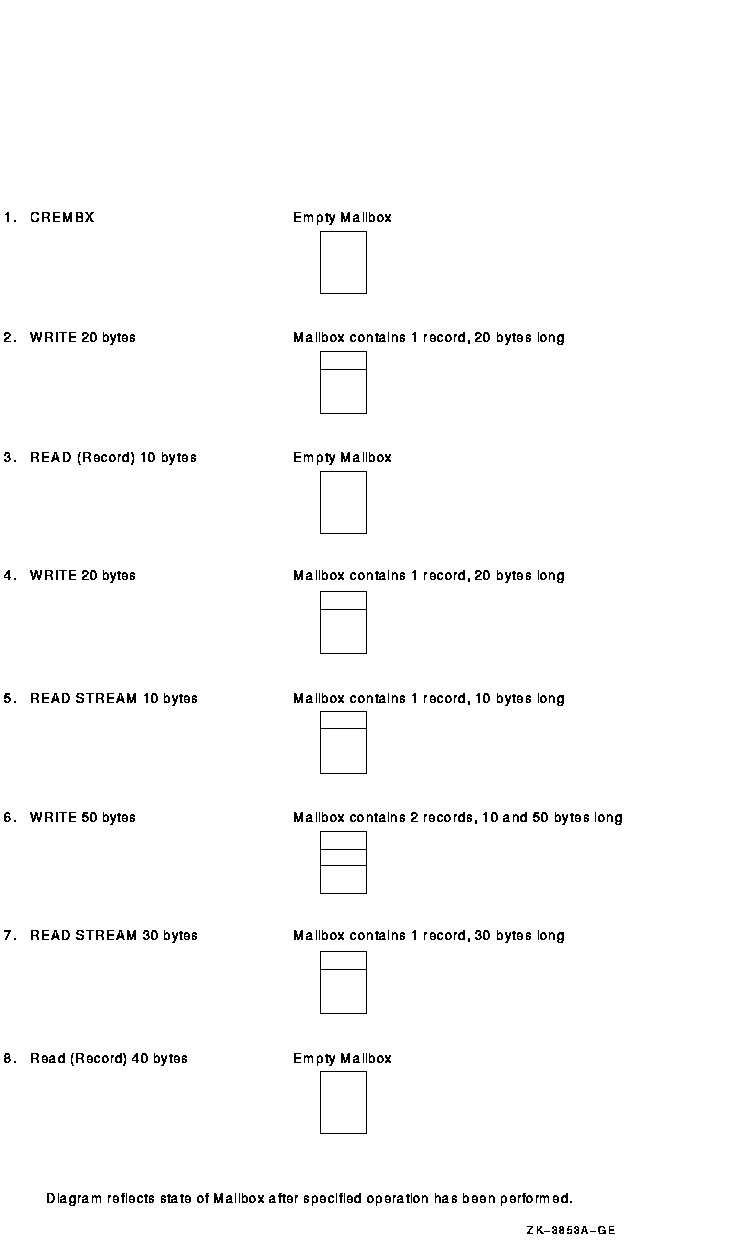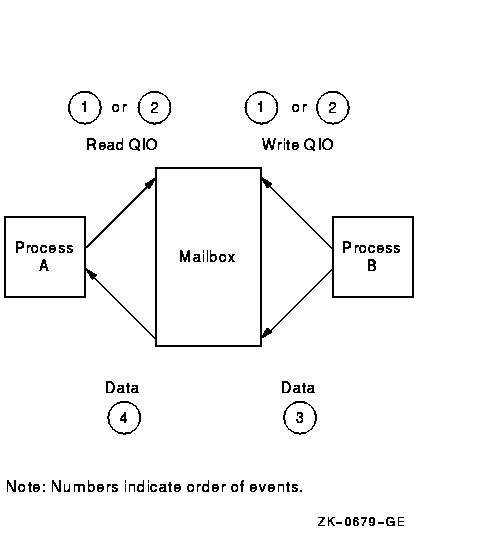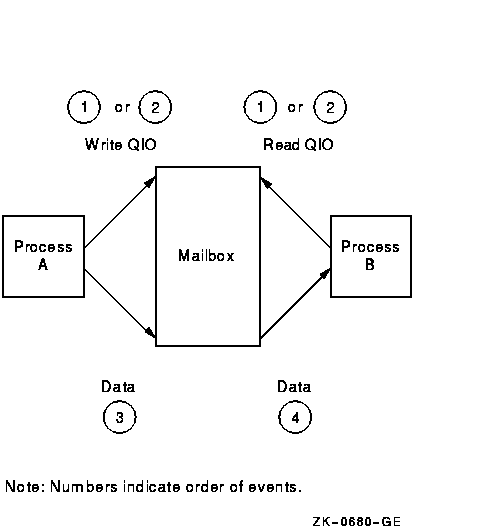![[OpenVMS documentation]](../../images/openvms_doc_banner_top.gif)
|
![[Site home]](../../images/buttons/bn_site_home_off.gif)
![[Send comments]](../../images/buttons/bn_comments_off.gif)
![[Help with this site]](../../images/buttons/bn_site_help_off.gif)
![[How to order documentation]](../../images/buttons/bn_order_docs_off.gif)
![[OpenVMS site]](../../images/buttons/bn_openvms_off.gif)
![[Compaq site]](../../images/buttons/bn_compaq_off.gif)
|
| Updated: 11 December 1998 |
![[OpenVMS documentation]](../../images/openvms_doc_banner_top.gif)
|
![[Site home]](../../images/buttons/bn_site_home_off.gif)
![[Send comments]](../../images/buttons/bn_comments_off.gif)
![[Help with this site]](../../images/buttons/bn_site_help_off.gif)
![[How to order documentation]](../../images/buttons/bn_order_docs_off.gif)
![[OpenVMS site]](../../images/buttons/bn_openvms_off.gif)
![[Compaq site]](../../images/buttons/bn_compaq_off.gif)
|
| Updated: 11 December 1998 |
OpenVMS I/O User's Reference Manual
| Previous | Contents | Index |
The operating system supports a virtual device, called a mailbox, that is used for communication between processes. Mailboxes provide a controlled, synchronized method for processes to exchange data. Although mailboxes transfer information much like other I/O devices, they are not hardware devices. Rather, mailboxes are a software-implemented way to perform read and write operations between processes.
The OpenVMS Programming Concepts Manual and the OpenVMS System Services Reference Manual contain additional information
about using mailboxes.
4.1 Mailbox Operations
This section describes the following mailbox operations:
To create a mailbox and assign a channel and logical name to it, a process uses the Create Mailbox and Assign Channel ($CREMBX) system service. A logical name can optionally be associated with the mailbox. If a logical name is specified for the mailbox, the system enters the logical name in a logical name table and gives it an equivalence name of MBAn, where n is a unique unit number.
$CREMBX also establishes the characteristics of the mailbox. These characteristics include a protection mask, a permanence indicator, maximum message size, buffer quota, and direction in which I/O can be performed (read, write, or read/write). A mailbox is created as either temporary or permanent; both types require privilege to create. Applications and restrictions on how to use temporary and permanent mailboxes are described in the following sections. (See the OpenVMS System Services Reference Manual for additional information on creating mailboxes.)
Other processes can assign additional channels to a mailbox using either the $CREMBX or the Assign I/O Channel ($ASSIGN) system service. The mailbox is identified by its logical name both when it is created and when it is assigned channels by cooperating processes. Channels assigned to the mailbox can specify the direction that I/O can be performed on the channel.
Figure 4-1 shows the use of $CREMBX and $ASSIGN.
Figure 4-1 Multiple Mailbox Channels

If sufficient dynamic memory for the mailbox data structure is not available when a mailbox is created, a resource wait occurs if resource wait mode is enabled.
When a mailbox is created, a certain amount of space is specified for buffering messages that have been written to the mailbox but have not yet been read. The bufquo argument to the $CREMBX system service specifies this amount or quota. If that argument is omitted, its value defaults to the system parameter DEFMBXBUFQUO.
A message written to a mailbox, in the absence of an outstanding read request, is queued to the mailbox, and the size of the message (the QIO P2 argument) is subtracted from the available buffering space. After the message is read, it is added back to the available buffering space.
If a process attempts to write to a mailbox that is full or has insufficient buffering space and if the process has resource wait enabled (which is the default case), the process is placed in miscellaneous resource wait mode until sufficient space is available in the mailbox. If resource wait is not enabled, the I/O completes with the status return SS$_MBFULL in the I/O status block (IOSB).
Channels can be assigned to mailboxes as bidirectional (read/write), read only, or write only. This allows for greater synchronization between users of the mailbox. To specify a unidirectional channel to the mailbox, specify the flags argument for the $CREMBX or $ASSIGN system services.
The flags argument is a longword bit mask that enables you to specify that the channel assigned to the mailbox is a read-only or write-only channel. If the flags argument is not specified, the default channel behavior is read/write. A channel assigned to the mailbox as read only is considered a reader. A channel assigned to the mailbox as write only is considered a writer. A channel assigned to the mailbox as read/write is considered both a reader and a writer.
For the $ASSIGN system service, the $AGNDEF macro defines a symbolic name for each flag bit. These flags are as follows:
For the $CREMBX system service, the $CMBDEF macro defines a symbolic name for each flag bit. These flags are as follows:
See the OpenVMS System Services Reference Manual for a syntax description of the $CREMBX and $ASSIGN system services.
The programming examples at the end of this section ( Section 4.5)
show mailbox creation, interprocess communication, and synchronization.
4.1.2 Deleting Mailboxes
As each process finishes using a mailbox, it deassigns the channel using the Deassign I/O Channel ($DASSGN) system service. Temporary mailboxes or permanent mailboxes that have been marked for deletion are actually deleted when no more channels are assigned to them.
If a mailbox channel is deassigned, any incomplete I/O requests on the mailbox channel for the process deassigning the channel are removed.
Permanent mailboxes that have not been marked for deletion must be explicitly deleted using the Delete Mailbox ($DELMBX) system service. An explicit deletion can occur at any time. As is true for temporary mailboxes, the mailbox is deleted when no processes have channels assigned to it.
When a temporary mailbox is deleted, its message buffer quota is
returned to the process that created it. (No quota charge is made for
permanent mailboxes.)
4.1.3 Mailbox Message Format
There is no standardized format for mailbox messages and none is
imposed on users.
4.1.4 Mailbox Protection
Mailboxes (both temporary and permanent) are protected by a code, or mask, that is similar to the code used in protecting volumes. As with volumes, four types of users (defined by UIC) can gain access to a mailbox: SYSTEM, OWNER, GROUP, and WORLD. However, only three types of access---logical I/O, read, and write---are meaningful to users of a mailbox. Therefore, when creating a mailbox, you can specify logical I/O, read, and write access to the mailbox separately for each type of user. Logical I/O access is required for any mailbox operation. The set protection function modifier provides additional control of mailbox access (see Section 4.3.6).
For additional information on temporary mailboxes and mailbox
protection, see the description of the $CREMBX system service in the
OpenVMS System Services Reference Manual.
4.2 Mailbox Driver Device Information
You can obtain information on mailbox characteristics by using the Get Device/Volume Information ($GETDVI) system service. (See the OpenVMS System Services Reference Manual.)
$GETDVI returns mailbox characteristics when you specify the item code DVI$_ DEVCHAR. Table 4-1 lists these characteristics, which are defined by the $DEVDEF macro.
| Characteristic1 | Meaning |
|---|---|
| Dynamic Bits (Conditionally Set) | |
| DEV$M_SHR | Device is shareable. |
| DEV$M_AVL | Device is available. |
| Static Bits (Always Set) | |
| DEV$M_REC | Device is record-oriented. |
| DEV$M_IDV | Device is capable of input. |
| DEV$M_ODV | Device is capable of output. |
| DEV$M_MBX | Device is a mailbox. |
DVI$_DEVCLASS and DVI$_DEVTYPE return the device class and device type names, which are defined by the $DCDEF macro. The device class for mailboxes is DC$_MAILBOX. The device type is DT$_MBX (or DT$_SHRMBX if the mailbox is a shared memory mailbox). DVI$_DEVBUFSIZ returns the buffer size, which is the maximum message size in bytes.
DVI$_DEVDEPEND returns a longword field in which the two low-order bytes contain the number of messages in the mailbox. (The two high-order bytes are not used and should be ignored.)
DVI$_UNIT returns the mailbox unit number. Using mailbox to hold a
termination message for a subprocess or a detached process requires
that the parent process obtain this number to pass to the
mbxunt argument of the $CREPRC system service.
4.3 Mailbox Function Codes
The mailbox I/O functions are read, write, write end-of-file, set attention AST, wait for writer/reader, and get mailbox information.
No buffered I/O byte count quota checking is performed on mailbox I/O
messages. Instead, the byte count or buffer quota of the mailbox is
checked for sufficient space to buffer the message being sent. The
buffered I/O quota and AST quota are also checked.
4.3.1 Read
Read mailbox functions are used to obtain messages written to the mailbox. The operating system provides the following mailbox function codes:
IO$_READLBLK, IO$_READVBLK, and IO$_READPBLK all perform the same operation. To issue a read request, a process can specify any of the read function codes.
The following device- or function-dependent arguments are used with these codes:
The following function modifiers can be specified with a read request:
Figure 4-2 $QIO READ STREAM Operation

Reads of 0 bytes are handled differently depending on which functional modifiers are specified. If IO$M_STREAM is specified, then the $QIO returns SS$_NORMAL with 0 bytes read. The contents of the mailbox remain exactly as they were before the $QIO was issued. A $QIO READ STREAM of 0 bytes does not remove a 0 byte record, nor does it remove an end-of-file marker. If IO$M_STREAM is not specified, then $QIO returns one of the following:
For a 0-byte nonstream read, a record is actually removed from the mailbox in order to meet the $QIO READ request. Note that the use of the word "immediately" does not imply that synchronization of the $QIO request should not be performed.
Figure 4-3 shows the read mailbox functions. In this figure, Process A reads a mailbox message written by Process B. As the figure indicates, a mailbox read request requires a corresponding mailbox write request (except in the case of an error). The requests can be made in any sequence; the read request can either precede or follow the write request.
Figure 4-3 Read Mailbox

If Process A issues a read request before Process B issues a write request, one of two events can occur. If Process A did not specify the function modifier IO$M_NOW, Process A's request is queued before Process B issues the write request. When Process B's write request occurs, the data is transferred from Process B, through the system buffers, to Process A to complete the I/O operation.
However, if Process A did specify the IO$M_NOW function modifier, the read operation is completed immediately. That is, no data is transferred from Process B to Process A, and Process A's request is not queued until Process B issues the write request. In this case, the I/O status returned to Process A is SS$_ENDOFFILE.
If Process B sends a message (with no function modifier; see
Section 4.3.2) before Process A issues a read request (with or without
a function modifier), Process A finds a message in the mailbox. The
data is transferred and the I/O operation is completed immediately,
regardless of whether IO$M_NOW is specified on the read request.
4.3.2 Write
Write mailbox functions are used to transfer data from a process to a mailbox. The operating system provides the following mailbox function codes:
IO$_WRITEVBLK, IO$_WRITELBLK, and IO$_WRITEPBLK all perform the same operation. To issue a write request, a process can specify any of the write function codes.
These function codes take the following device- or function-dependent arguments:
The following function modifiers can be specified with a write request:
A $QIO WRITE of 0 bytes causes a 0-byte long message to be placed in the mailbox. When this data is read by a $QIO READ without IO$M_STREAM specified, the $QIO READ returns an SS$_NORMAL status and 0 bytes. When this data is read by a $QIO READ STREAM in an attempt to read P2 bytes (P2 being greater than 0), the data is ignored. However, a $QIO READ STREAM of 0 bytes has no effect on the mailbox. A $QIO WRITE READERCHECK of 0 bytes, when no read channel is assigned to the mailbox, returns an SS$_NOREADER error and the 0-byte record is not placed in the mailbox. A message that is 0 bytes long is charged 1 byte of mailbox BUFQUO.
Figure 4-4 shows the write mailbox function. In this figure, Process A writes a message to be read by Process B. As in the read request example, a mailbox write request requires a corresponding mailbox read request (unless an error occurs) and the requests can be made in any sequence.
If Process A issues a write request before Process B issues a read request, one of two events can occur. If Process A did not specify the function modifier IO$M_NOW, Process A's write request is queued before Process B issues a read request. When this request occurs, the data is transferred from Process A to Process B to complete the I/O operation.
However, if Process A did specify the IO$M_NOW function modifier, the write operation is completed immediately. The data is available to Process B and is transferred when Process B issues a read request.
If Process B issues a read request (with no function modifier) before Process A issues a write request (with or without the function modifier), Process A finds a request in the mailbox. The data is transferred and the I/O operation is completed immediately.
Figure 4-4 Write Mailbox

Write end-of-file message functions are used to insert a special message in the mailbox. The process that reads the end-of-file message is returned the status code SS$_ENDOFFILE in the I/O status block. The message count of the Get Mailbox Information function reflects this end-of-file message; however, the mailbox byte count of this function does not include end-of-file markers. An end-of-file message is charged 1 byte of mailbox BUFQUO.
This function takes no arguments. The operating system provides the following function code:
The following function modifiers can be specified with a write end-of-file request:
| Previous | Next | Contents | Index |
![[Site home]](../../images/buttons/bn_site_home_off.gif)
![[Send comments]](../../images/buttons/bn_comments_off.gif)
![[Help with this site]](../../images/buttons/bn_site_help_off.gif)
![[How to order documentation]](../../images/buttons/bn_order_docs_off.gif)
![[OpenVMS site]](../../images/buttons/bn_openvms_off.gif)
![[Compaq site]](../../images/buttons/bn_compaq_off.gif)
|
![[OpenVMS documentation]](../../images/openvms_doc_banner_bottom.gif) |
|
Copyright © Compaq Computer Corporation 1998. All rights reserved. Legal |
6136PRO_013.HTML
|